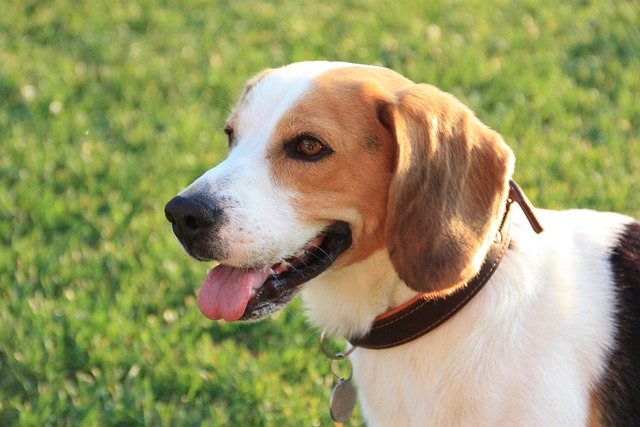
Can I use coconut oil to make hair conditioner for my dog
If you’ve ever finished bathing your dog, reached for the bottle of dog conditioner, and realized it’s empty—staring at a jar of coconut oil in your pantry instead
Shetland Sheepdogs, with their fox-like faces and energetic tails, often spark questions about breed restrictions. Unlike some larger or historically misunderstood breeds, these compact herders rarely top banned lists, but that doesn’t mean rules don’t apply. Local laws can vary wildly, even within the same country, making it crucial for owners to check specifics before bringing one home.
In many U.S. states, breed-specific legislation (BSL) targets dogs perceived as "dangerous," such as Pit Bulls or Rottweilers. Shelties, as they’re affectionately called, usually fly under this radar. Yet in places like Miami-Dade County, where BSL is strict, even breeds with no history of aggression might face housing restrictions if landlords have blanket policies.
Across Europe, the landscape shifts. Countries like Germany require all dogs to be registered, but Shetland Sheepdogs aren’t subject to the extra regulations imposed on breeds like Staffordshire Bull Terriers. In France, however, some communes have their own rules—requiring muzzles in public for certain breeds, a rule Shelties rarely fall under but owners should still verify with local authorities.
 Housing is another area where restrictions sneak in. Many apartment complexes or rental properties enforce weight limits or breed bans, often driven by insurance policies. A Sheltie’s small size (typically 13-16 inches at the shoulder) works in their favor, but it’s not unheard of for them to be grouped with "herding breeds" in vague restrictions that target energy levels over aggression.
Housing is another area where restrictions sneak in. Many apartment complexes or rental properties enforce weight limits or breed bans, often driven by insurance policies. A Sheltie’s small size (typically 13-16 inches at the shoulder) works in their favor, but it’s not unheard of for them to be grouped with "herding breeds" in vague restrictions that target energy levels over aggression.
Behavior also plays a role in perceived restrictions. Shelties thrive on activity and can develop nuisance behaviors like excessive barking if understimulated. In areas with strict noise ordinances, this could lead to complaints or even fines, creating the illusion of a breed ban where none exists. Responsible ownership—plenty of exercise, training, and socialization—goes a long way in avoiding such issues.
When traveling with a Sheltie, it’s wise to check both national and local laws. Even within the EU, border controls might require specific vaccinations or documentation, regardless of breed. Some campsites or vacation rentals list "no aggressive breeds" but fail to define them, leaving room for interpretation that could affect your trip.
Ultimately, Shetland Sheepdogs aren’t widely restricted, but assuming they’re exempt everywhere is a mistake. Laws change, and local attitudes toward certain breeds evolve. The best approach? Contact your local animal control, review rental or insurance policies carefully, and stay informed about updates in your area. A little research ensures your Sheltie’s welcome wherever you go.

If you’ve ever finished bathing your dog, reached for the bottle of dog conditioner, and realized it’s empty—staring at a jar of coconut oil in your pantry instead

If you’re a new dog parent in the US—maybe you’re sitting on your New York apartment floor, watching your 1-year-old Golden Retriever

If you’re a new dog parent in the US—maybe you’re sitting on your Arizona apartment floor, holding your 6-month-old Beagle’s ear open with one hand

Most Labrador owners start wondering about their pup’s coat change around the time those tiny paws turn into bigger, more energetic ones. Typically, Labs begin losing their soft puppy coat between 4 and 6 months of age.

If you’re a new dog parent in the US—maybe you’re staring at your Texas apartment counter, holding a $200 groomer bill for your Goldendoodle’s last trim

Finding loose fur on your puppy’s bed or your couch can make any new owner pause—wondering if it’s a sign of trouble or just part of growing up.